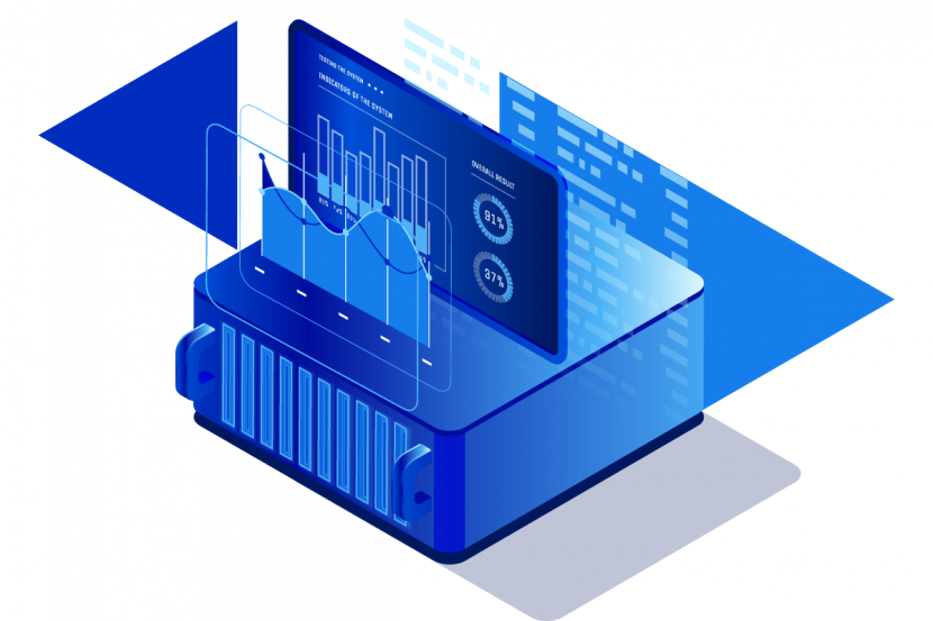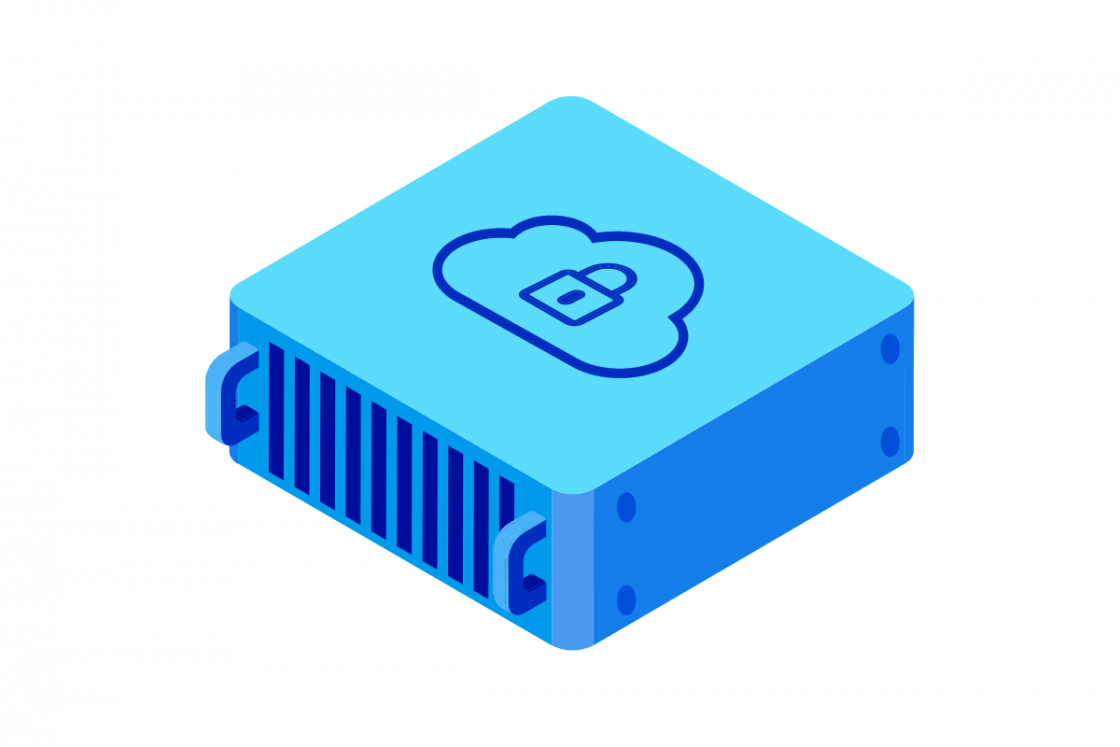What is Data Transformation?
Raw data in its original form is rarely ready for immediate use. It often exists in varied formats, structures, and quality levels across different sources.
To unlock its true value and make it suitable for analysis, reporting, and other business processes, data variables must undergo a critical process. This section delves into data transformation, exploring exactly what it entails and the fundamental ways it reshapes data to make it meaningful and actionable.

Definition of Data Transformation
Data transformation is the analysis process of converting data from one format, structure, or value to another. It is a fundamental step in data integration and data management, designed to ensure that data values are accurate, consistent, and compatible with the target system or analytical requirements.
This conversion can involve a range of process time and activities, including cleansing data to remove errors or inconsistencies, reformatting it to match specific schemas, deriving new data attributes from existing ones, or aggregating data values to provide summary views.
Ultimately, the goal of data transformation analysis is to improve the quality, usability, and value of data, making it fit for a specific purpose, such as loading into a data warehouse, feeding into a business intelligence application, or preparing it for machine learning models. It bridges the gap between raw, often disparate data sources and the refined information needed for insightful decision-making.
Types of Data Transformations
Data transformations can be broadly categorized based on their primary objectives and the nature of the changes they apply to the data.
Understanding these types helps in selecting the appropriate methods for specific data challenges. The most common categories involve preparing data values for integration with other datasets and reshaping its inherent structure for better analysis or storage.
Data Integration Transformations
Data integration transformations are primarily focused on combining and consolidating data values from disparate sources to create a unified and consistent dataset.
When bringing together information that originates from different systems, databases, or applications, these transformations ensure compatibility and coherence. One common integration transformation is data consolidation or aggregation, where data from multiple records or sources is summarized; for instance, calculating total sales by merging figures from regional databases for analysis.
Another key technique is joining, which involves merging rows from two or more tables based on related columns, effectively linking distinct datasets.
Data variables type conversion is also crucial, ensuring that data values like dates or numbers are in a consistent format across all sources. Consider integer, or int types, with int used when need and not using a text field when int is more appropriate.
Data Structuring Techniques
Data structuring techniques modify the schema, layout, or organization of the data itself, rather than just its values or format in relation to other datasets and values. These transformations aim to make the data values more suitable for specific analytical models, storage systems, or reporting requirements.
A fundamental structuring technique is filtering, which involves selecting specific rows or columns based on defined criteria, thereby narrowing the dataset to relevant information. Sorting arranges data variables in a particular order, which can be important for analysis or presentation.
Derivation is another powerful technique where new data attributes are created from existing ones, such as calculating an age from a birth date or creating a profit margin from revenue and cost data.
Pivoting and unpivoting are transformations that rotate data between wide and long formats, which can be critical for certain types of analysis or charting tools.
The Data Transformation Process
Effective data variables transformation isn't using a haphazard approach; it's a systematic process designed to ensure data is converted accurately and efficiently to meet specific transform objectives.
This process involves a series of well-defined stages, from initial understanding of the source data to the final delivery of the transformed output, along with careful consideration of when these operations should occur.
Steps in the Data Transform Process
The process we are using and time going into transforming data values typically follows a sequence of logical steps. It begins with data variables discovery and profiling, where the source data is thoroughly examined to understand its structure, content, quality, and any existing relationships.
This foundational understanding is crucial for defining the necessary changes. Following discovery, transformation rules, techniques and logic are defined. This involves specifying precisely how the data should be altered, such as mapping source fields to target fields, outlining cleansing procedures for inconsistent data, or detailing aggregation calculations.
Once the rules are clear, data mapping explicitly links source data elements to their corresponding elements in the target schema. With values mappings and rules in place, the next step is code generation or tool configuration.
This is where the useful transformation logic is actually implemented, either by writing custom scripts (e.g., SQL, Python) or by configuring specialized ETL (Extract, Transform, Load) tools. The core of the process is the execution phase, where the defined transformations are applied to the dataset.
Scheduling and Timing in Data Transformation
The scheduling and timing of data transformation processes need critical operational considerations that directly impact data freshness and system resources. Transformations can be executed in several ways depending on business needs and data characteristics.
Batch processing is a common analysis approach where transformations are run at scheduled intervals, such as nightly, weekly, or monthly. This method is suitable for large data volumes where real-time updates are not essential.
In contrast, real-time or near real-time processing transforms data values as it arrives or with very minimal delay. This is vital for applications that need up-to-the-minute information, like fraud detection or dynamic pricing.
Another approach is event-driven processing, where transformations are triggered by specific occurrences, such as a new customer registration or a completed sale.
The choice of code, process and time strategy and techniques depends on several factors, including the volume of data, the velocity at which new data is generated, the business requirements for data currency, the capabilities of the source and target systems, and the available data processing time windows. Efficient scheduling ensures that transformed data is available when needed without overburdening systems or disrupting critical operations.
Importance of Data Transformation in Business
Data variables in any format is often hailed as the new oil, but much like crude oil, raw data needs refinement, requiring it to unlock its true value and insights. Data transformation code is this critical refining process. Its importance in business cannot be overstated, as it directly impacts the quality of insights, the efficiency of operations, and the ability to make informed, strategic decisions.
By converting data insights into a consistent, reliable, and usable values format, businesses can harness its code power to gain competitive advantages and achieve the objectives tey need.
Use Cases in Business Analysis
The applications of data transformation are widespread and integral to effective business analysis:
- Business intelligence: One primary use case for these techniques is in enhanced business intelligence and cloud analytics services. Transformed data feeds into BI tools to generate accurate dashboards and reports, providing clear visibility into key performance indicators and operational metrics.
- Data warehousing: Data transformation is also fundamental to data warehousing. Data from multiple operational systems is transformed and loaded into a central data warehouse, creating a historical repository of clean and integrated data suitable for trend analysis and complex querying.
- Marketing campaigns: Furthermore, in marketing campaign analysis, data insights from different channels (social media, email, web data analytics) is transformed to standardize metrics like engagement and conversion rates, enabling an accurate assessment of campaign effectiveness and return on investment.
- Compliance: Regulatory compliance and auditing often necessitate techniques transforming data into specific formats mandated by governing bodies, ensuring that businesses meet legal and industry standards.
Finally, the burgeoning fields of predictive analytics and machine learning heavily rely on high-quality, well-structured data; transformation processes like normalization, feature scaling, and encoding categorical variables are essential preprocessing steps to build effective models.
Challenges Associated with Data Transformation
Despite its clear useful benefits and insights, the process of data insights transformation code is not without its hurdles. A significant challenge often lies in initial data quality issues. Source data values can be plagued with inconsistencies, missing values, inaccuracies, or outdated information, that need extensive cleansing efforts before meaningful transformation can even begin.
The complexity of the required transformations themselves can also pose difficulties; translating intricate business rules into precise transformation logic, especially when dealing with diverse data structures and formats, demands expertise and careful planning.
Scalability is another critical concern. As data volumes and velocity continue to grow exponentially, transformation processes must be designed to handle this increasing load efficiently without becoming bottlenecks.
This often requires need for use of robust infrastructure and optimized algorithms. The cost and resource intensiveness of data transformation can also be substantial, involving investments in specialized software, skilled data engineers, and considerable processing time.
Tools for Data Transformation
A wide array of tools and techniques are useful to facilitate the data transformation process, ranging from well-established software to a cutting-edge data platform.
The choice of tool often depends on the complexity of the transformations, the volume of data, processing speed requirements, existing infrastructure, and the technical expertise of the users. These tools help automate and streamline the conversion of raw data into valuable information.
Common Software and Applications
For many years, ETL (Extract, Transform, Load) tools have been the workhorses of data transformation code. Software provide comprehensive environments for designing, executing, and managing complex transformation workflows.
These platforms typically offer a graphical interface for building data pipelines and a wide range of pre-built transformation components.
Beyond dedicated ETL solutions, SQL (Structured Query Language) remains a fundamental tool for data transformation, especially when working directly within relational databases, data warehouses and a data lakehouse.
Its powerful querying capabilities allow for effective data manipulation, aggregation, joining, and filtering. For more customized or intricate transformation logic, programming languages are widely employed.
Emerging Techniques and Technologies
Data transformation is continuously evolving, with new techniques and technologies emerging to address modern data challenges. One significant shift is the rise of the ELT (Extract, Load, Transform) paradigm.
Unlike traditional ETL, ELT involves loading raw data into the target system, typically a powerful cloud data warehouse (like Snowflake, BigQuery, or Redshift), and then performing transformations using the warehouse's processing capabilities.
Tools like dbt (data build tool) have gained prominence with insights by using analysts and engineers to define transformations using SQL within this ELT framework, promoting version control, testing, and collaboration.
Artificial Intelligence (AI) and Machine Learning (ML) are increasingly being integrated into data transformation processes without delay.
These technologies can automate and prevent from delay complex task use such as schema mapping, identifying and rectifying data quality issues, detecting anomalies, and even suggesting relevant transformation rules. This AI-driven approach aims to make transformations more intelligent, efficient, and less reliant on using manual intervention.
OVHcloud and Data transformation
OVHcloud is dedicated to providing powerful, accessible, and sustainable cloud solutions that is useful for innovation for businesses of all sizes who buy our service month in month out.
Whether you're looking to modernize infrastructure you already use, build intelligent applications, or scale your operations globally, our comprehensive suite of Public Cloud and cutting-edge AI services offers the performance, security, and flexibility you need to turn your vision into reality.

Public Cloud
Useful for innovation and scale your projects using OVHcloud Public Cloud. Our robust and versatile platform offers a comprehensive suite of cloud services designed to meet your every need. From compute and storage to networking and databases, experience the power of a secure, high-performance, and cost-effective cloud environment.

AI Endpoints
Effortlessly deploy and manage your machine learning models using OVHcloud AI Endpoints. Take your trained models into production seamlessly, allowing you to integrate AI capabilities into your applications with ease. Our managed service handles the infrastructure, so you can focus on what matters most – your AI models and their predictions.

AI Machine Learning
Accelerate your artificial intelligence and machine learning projects using OVHcloud AI Machine Learning. Our platform provides data scientists and developers with using powerful tools and infrastructure to build, train, and deploy machine learning models at scale.